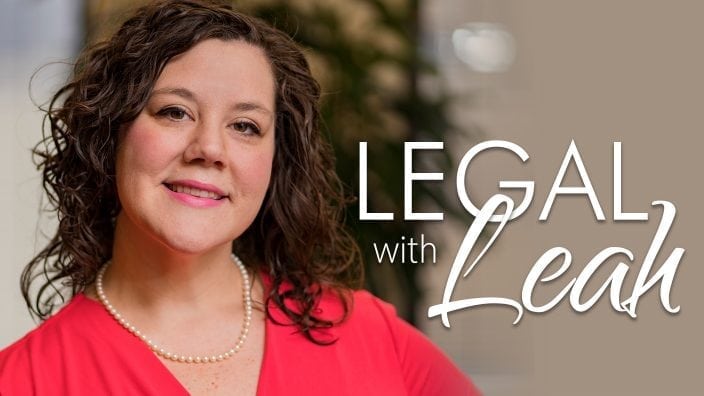Farmer’s Guide to Trucking Regulations available to Ohio Farm Bureau members
The guide includes a farm driver checklist, overview of state and federal regulations and exemptions, CDL qualifications and more.
Read More
The time change comes twice a year, like clockwork — one hour ahead in the spring and one hour back in the fall. It is a painstaking task that, if forgotten, can make someone way late for church or way early to ball practice. But just why does daylight saving time exist and it is still necessary? Leah Curtis, policy counsel with Ohio Farm Bureau, explains.
Ty Higgins: The time change. We do it twice a year like clockwork. One hour ahead in the spring and one hour back in the fall. A painstaking task that, if forgotten, makes us way late for church or way too early for ball practice. I’ve been there both times. But just why do we do it? And is it still necessary? For this Legal with Leah, we’ll try to figure it all out. Leah Curtis is policy counsel with Ohio Farm Bureau, and Leah, I think before we really get started on this topic, I want to squash the notion that farmers are to blame for daylight saving time. This is a clip from one of my son’s favorite cartoons, ‘Teen Titans Go’:
Cartoon: ‘Daylight saving time is the completely pointless practice of adjusting our clocks forward during the summer months so that the sun stays up an hour longer in the evening. Then in the fall, we set our clocks back an hour. Hence the terms spring forward and fall back.’
Cartoon: ‘Oh man! One less hour to sleep tonight? Daylight saving time is the worst. Yeah. You know what? I bet a farmer took it. Oh, yeah. Farmers. Wasn’t daylight saving time their idea?’.
Cartoon: ‘That’s a common misconception. Farmers have nothing to do with daylight saving time.’
Cartoon: ‘Oh, yeah, they do. Those dirty farmers. They probably want to steal our time and ruin our sleep because we eat up all the vegetables they grow on their farms.’.
Cartoon: ‘Farmers are not ruining our sleep schedules because we eat their vegetables.’
Ty Higgins: So for the record, farmers had nothing to do with daylight saving time. But give us, Leah, a quick 101 about what daylight saving time exactly is.
Leah Curtis: Daylight saving time is the time between spring forward and fall back…from about March to November: second Sunday in March, first Sunday in November. So we’re on it for actually most of the year. And we we started daylight saving time for the first time during World War 1. We did it I think for about eight months then. Then in World War II we were actually in it for the entire year. It was referred to as war time. And that was both to save energy resources. That was the main reason; it was not because of farmers.
After World War II, it was sort of chaos. Some states and locations stayed on daylight saving time. Some didn’t. The broadcast industry, the transportation industries particularly had issues with this because they had to update their schedules every time some locality would change. So in 1966, there was the Uniform Time Act that was passed and that standardizes when we were on standard time and when we’re on daylight savings for the whole country. But states were allowed to stay on standard time all the time if they wanted, They could opt out of date daylight saving time. So we’ve been on that schedule since about 1966. It’s been switched to be longer or shorter throughout the years.
The schedule we use right now was set beginning in 2007. Again, it was extending daylight saving time to try to allow for more energy savings. So it has always been done as a theory of trying to save energy for the country, not because of farmers. And actually, if you read things historically, farmers generally didn’t like it, actually. So it was not our fault.
Ty Higgins: Farmers, like a lot of us, generally complained about the disruption of schedules that occur from changing our clocks back and forth. But there are some benefits to daylight saving time versus standard time. What’s an important one that comes to mind?
Leah Curtis: Well, the historical one of energy savings…historically, it did save energy, and saved a number of barrels of oil during the OPEC crisis in the 70s.
Leah Curtis: Even today, even though we are so electronic, there is a small savings of energy. And we know that because in 2007, we extended it. So researchers can actually compare prior to 2007 and after. It’s probably only about a .5% reduction in electricity usage. It’s not that much, but that does add up across the whole country. And, that’s because we don’t need as much light in the evening versus the morning where people are less active.
Ty Higgins: There are safety and health benefits as well.
Leah Curtis: Yes. And those are probably the more important ones. You know, if we have more light in the evening that generally helps decrease vehicle and traffic accidents, which do happen more often in the evening hours and during evening rush hour. Particularly, that helps with pedestrian involved accidents, which are typically going to probably be a little more concerning as far as injury wise. And for farmers we, of course, know that that is one of things that makes farming dangerous, is accidents between cars and farm equipment. So having some more daylight in the evenings when people are in a hurry to get home and maybe farmers are out late planting or harvesting could help to increase that visibility, make our farmers more visible to motorists and make them a little bit more safer.
Leah Curtis: And then from the health side, there has been shown by the medical community that there are higher upticks in workplace injuries and heart incidents. And then just the disruption to sleep that occurs…we all know sleep is important. And so when we have those disruptions, that can hurt our health as well.
Ty Higgins: Not to mention when it stays lighter later, thieves aren’t quite as opportunistic.
Leah Curtis: Yes. Apparently those who may commit crimes do not like to get up early because crimes are lower in the morning, even when the sun is rising later. So even during the dark hours in the morning, crime rates are lower. So again, people are more easy to see, more visible and so they’re less likely to take those opportunities.
Ty Higgins: Now, Ohio Farm Bureau members brought this topic up at our most recent annual meeting in December. What are they advocating for and what will Ohio Farm Bureau be doing with this new policy?
Leah Curtis: So our members talked about it on the delegate floor. And they passed a policy that they would advocate that we stay on daylight saving time for the entirety of the year. So with that new policy, like all our policies, that allows us to engage as the Statehouse may be considering this issue.
Leah Curtis: Ultimately, it will take a change in federal law to allow the state to do that. But this is one step toward having that considered.


The guide includes a farm driver checklist, overview of state and federal regulations and exemptions, CDL qualifications and more.
Read More
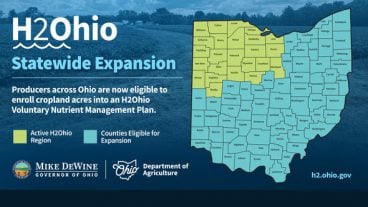

ODA will enroll 500,000 acres into the program for a two-week sign-up period, beginning April 22, 2024, through May 6, 2024. Contact local SWCD offices to apply.
Read More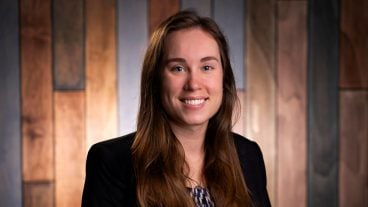
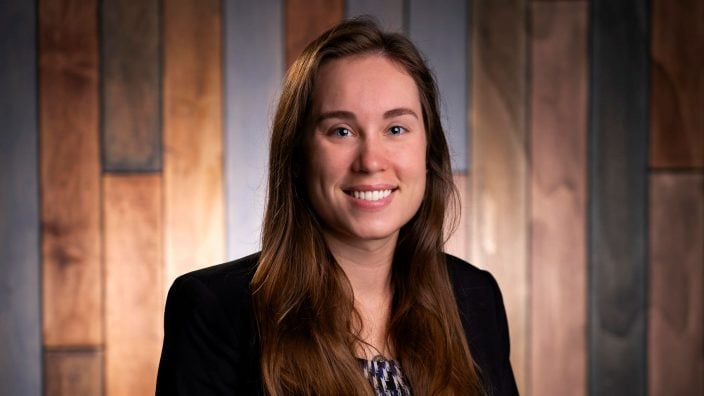
Katie Share of Columbus has been named ExploreAg and Youth Development Specialist for Ohio Farm Bureau.
Read More
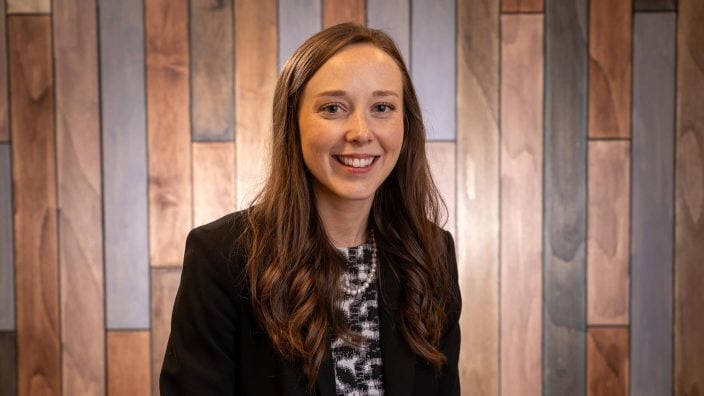
Mary Klopfenstein of Delphos has been named Young Ag Professional and Ag Literacy Program Specialist for Ohio Farm Bureau.
Read More

The plan has been updated to give sole proprietors access to more rate stability and a smart solution that offers potential savings on health care.
Read More

The American Farm Bureau Federation, in partnership with Farm Credit, is seeking entrepreneurs to apply online by June 15 for the 2025 Farm Bureau Ag Innovation Challenge.
Read More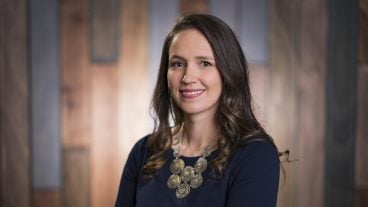
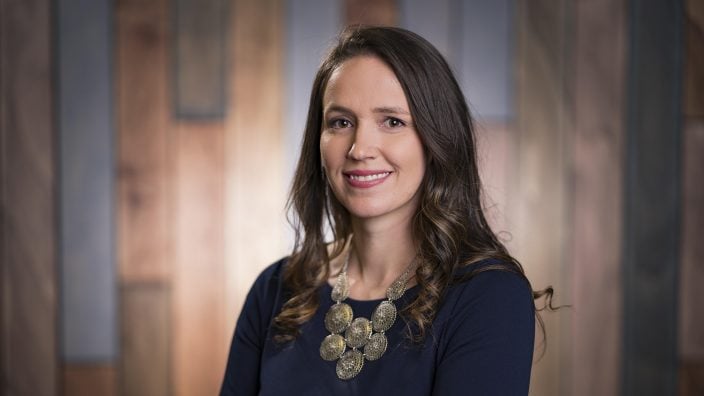
Adele Flynn of Wellington has been elected treasurer of the Ohio Farm Bureau Federation and now holds the third highest elected office in Ohio’s largest and most influential farm organization.
Read More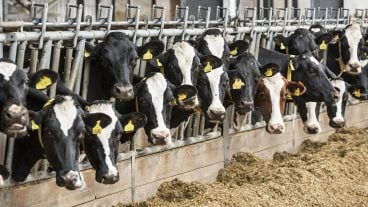
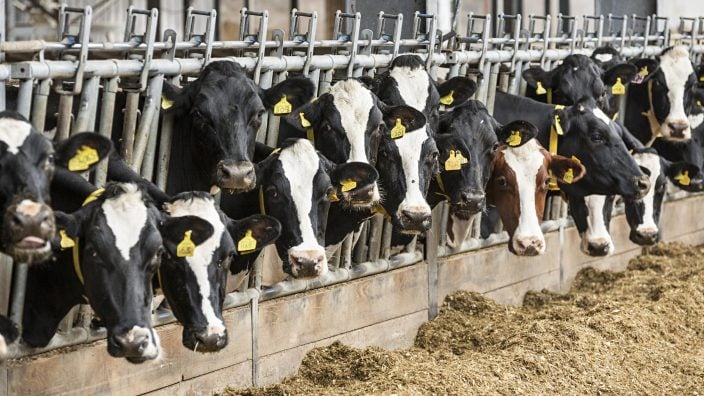
Producers are urged to work with their veterinarian to practice enhanced biosecurity measures and review and limit cattle movements within production systems.
Read More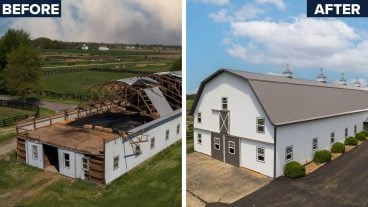
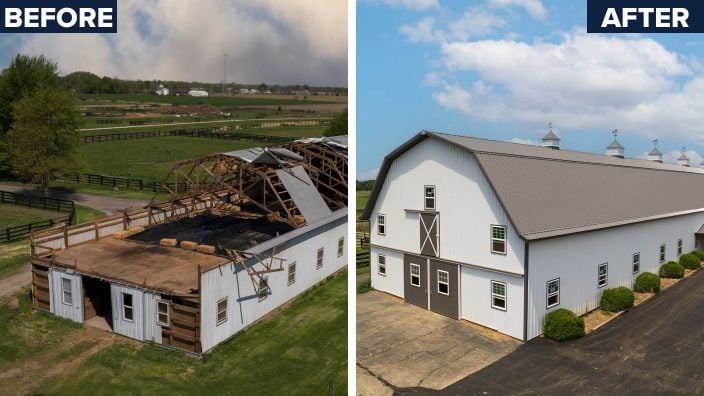
The changing seasons bring with them the need to thoroughly inspect pole barns for any damages that may have occurred during the winter months.
Read More

Hundreds of Ohio businesses and sole proprietors are raving about Ohio Farm Bureau’s Health Benefits plan with lower, predictable costs and easy enrollment and administration options.
Read More